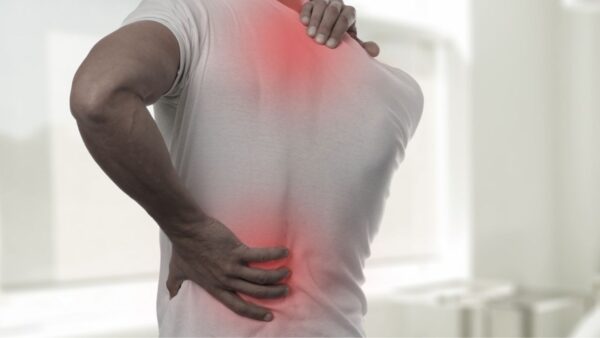Relief for Spinal Stenosis | South Texas Spine & Joint Institute
Spinal stenosis—narrowing of the spinal canal—can lead to chronic pain, numbness, and mobility issues in both the neck and lower back. As the spinal canal tightens, nerves become compressed, leading to symptoms that often worsen with age or activity.
Fortunately, South Texas Spine & Joint Institute specializes in non-surgical therapies designed to relieve nerve pressure, improve mobility, and help patients with spinal stenosis stay active without relying on surgery or strong medications.
What is Spinal Stenosis?
Spinal stenosis occurs when the spaces within the spine narrow, putting pressure on nerves. This can be caused by:
- Disc degeneration
- Bone spurs
- Ligament thickening
- Herniated discs
- Arthritis
- General wear and tear
Symptoms of Spinal Stenosis Include:
Cervical (neck) stenosis:
- Neck pain
- Arm tingling or numbness
- Weakness in shoulders or hands
Lumbar (lower back) stenosis:
- Lower back pain
- Radiating leg pain
- Difficulty walking long distances
- Relief when bending forward
How South Texas Spine & Joint Institute Helps
- Spinal Decompression Therapy
Spinal decompression gently stretches the spine, increasing space around the nerves. This helps:
- Reduce nerve compression
- Improve disc height
- Increase blood flow
- Alleviate inflammation
For many stenosis patients, decompression provides significant relief without surgical intervention.
- Chiropractic Adjustments
Chiropractic care helps improve movement in the spine and reduce joint stiffness, both of which are common with spinal stenosis. Adjustments can:
- Enhance spinal mobility
- Reduce pressure on nerve roots
- Improve posture
- Laser Therapy for Inflammation
Class IV laser therapy targets deep tissues to reduce inflammation around compressed nerves. It helps accelerate healing and lessen chronic pain.
- Postural and Movement Rehabilitation
Because spinal stenosis often affects walking patterns and posture, the Institute provides corrective rehabilitation to:
- Strengthen spinal support muscles
- Improve balance
- Restore proper movement patterns
A Safer, Non-Surgical Approach to Stenosis
Many stenosis patients are told surgery is their only option—but non-invasive care at South Texas Spine & Joint Institute often provides meaningful, lasting relief. Their customized, conservative approach focuses on helping patients stay active and independent.






